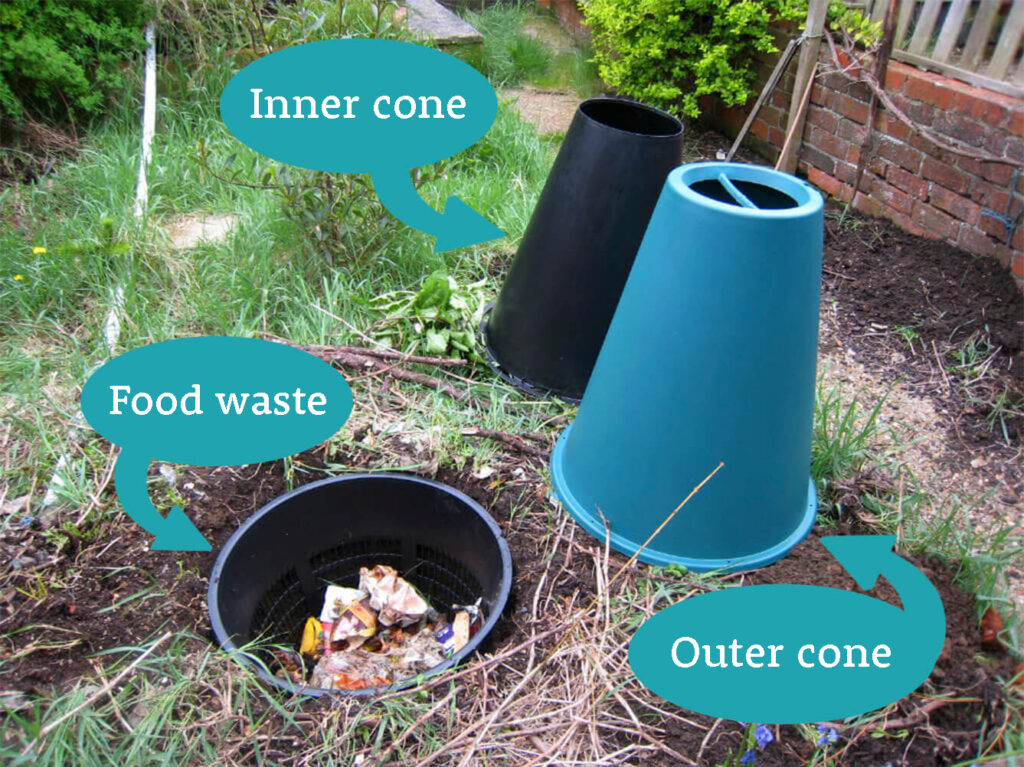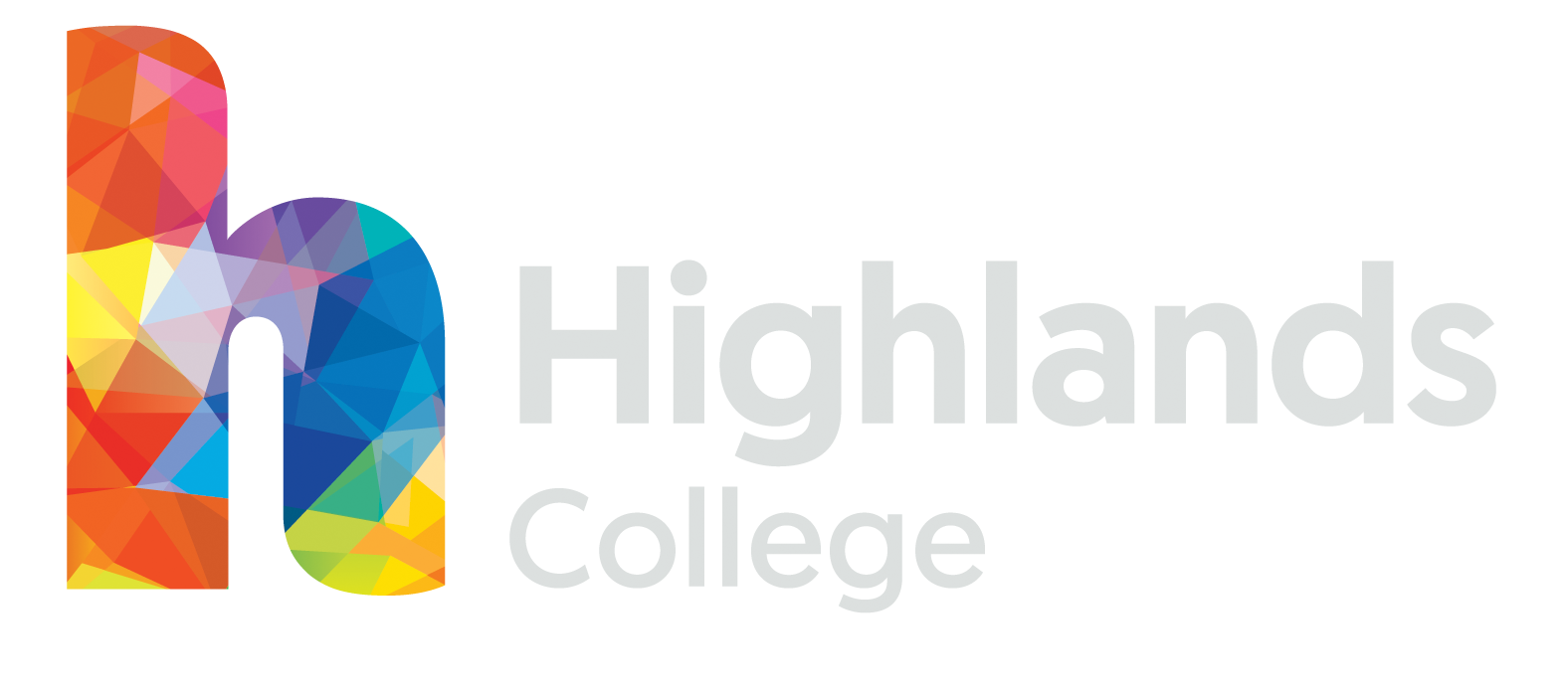Foodie Footprints
Aside from wasting your precious pennies, have you ever wondered about the impact of food waste on our environment?
In Jersey, over a third of household waste that ends up at La Collette is made up of kitchen waste. This includes scraps, peelings and food that has passed it’s ‘best before’ date. This doesn’t include any food packaging – it’s just the food itself. The impact of this goes far beyond the emissions associated with burning waste. There’s huge amounts of energy that go into actually producing the food, from the water used for farming, animal feed, land use, loss of habitat, packaging, transport, cooling, among many other social and economic impacts. All for it to end up in your bin.
Apps such as Kitche provide great ideas on how to use up what you have in your fridge. The Sustainability and Climate Change Engagement team has partnered up with Co-op on this initiative and is encouraging Islanders to use the app. Decarb would love colleagues in Government to lead by example, so please download the free app today.
Another great option to reduce your food waste and actually feed back into the ecosystem is by using a composter. You can still get your hands on a discounted food digester. The compost it makes can then be used to enrich the soil of your garden or house plants. Read more about the discounted food digesters here: NOT a load of rubbish (gov.je).

Decarb’s top tips for reducing your food waste
Plan your meals – write shopping lists, stick to them and plan your meals for the week or upcoming days to ensure everything is used.
Freeze, freeze, freeze! – plans change sometimes, utilise your freezer.
Veggie bulk – got some veg that’s starting to look sad at the bottom of the fridge? Bulk out meals with all your veggies – stir frys are a great way of using up vegetables.
Stock take – Regularly take note of what is in your fridge, move the items that need using up first to the front.
Use your intuition – ‘use by’ and ‘best before’ are typically the date the manufacture deems the product reaches peak freshness. It’s not a date to indicate spoilage, nor does it necessarily signal that the food is no longer safe to eat. If it looks and smells ok, it probably is.
Take photos – Take a photo of your fridge or pantry before you go shopping. This will prevent you from buying more of what you already have.
